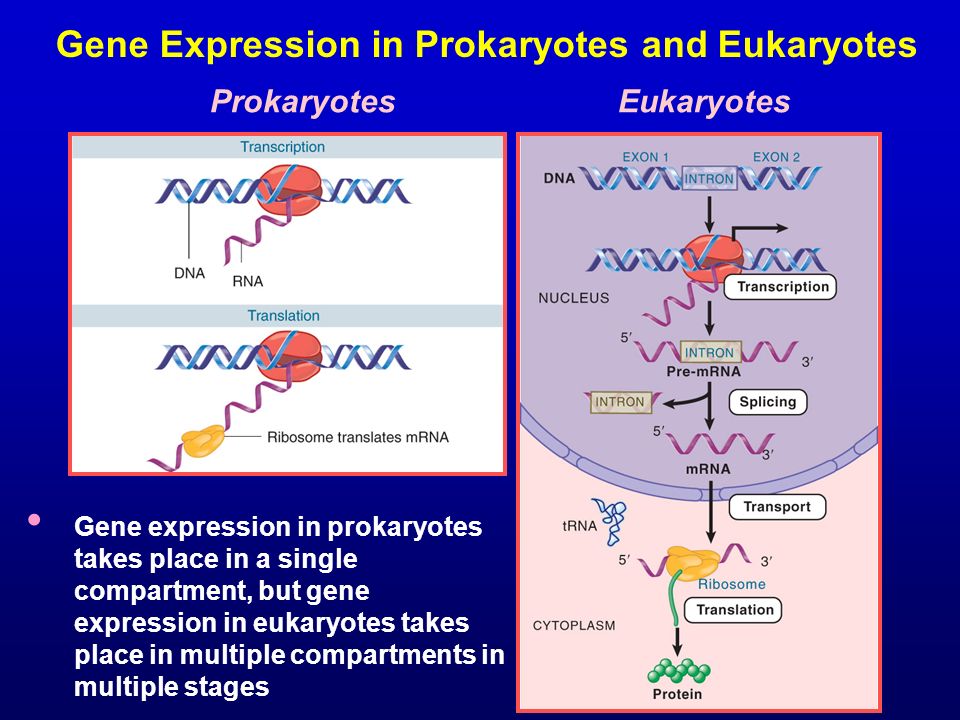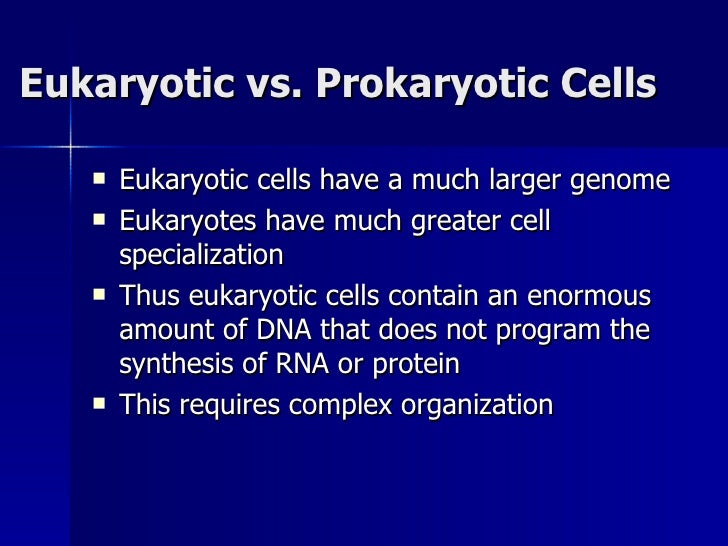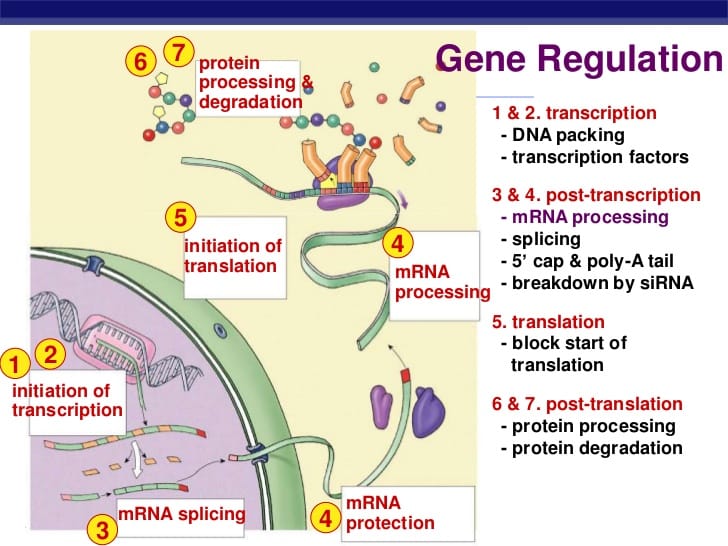Eukaryotic And Prokaryotic Gene Regulation
Eukaryotic And Prokaryotic Gene Regulation: Exploring the Intricacies of Gene Structure
Genes are the fundamental units of heredity, encoding the instructions required for the development, functioning, and maintenance of all living organisms. The study of gene regulation provides us with valuable insights into how different organisms, both eukaryotic and prokaryotic, control the expression of these essential genetic components.
The Basics of Eukaryotic and Prokaryotic Gene Structure
Eukaryotic and prokaryotic organisms possess distinct differences in their gene structure, which contribute to variations in gene regulation mechanisms.

Eukaryotic Gene Structure: In eukaryotes, genes are typically composed of coding sequences called exons interspersed with non-coding segments called introns. These exons contain the genetic information that will be used to synthesize functional proteins. Before a gene can be translated into a protein, the introns are removed through a process called splicing, resulting in a mature mRNA molecule that is ready for translation.
Prokaryotic Gene Structure: In prokaryotes, gene structures are comparatively simpler. Genes in prokaryotes are often organized into operons, which are clusters of functionally related genes under the control of a single promoter. This allows for coordinated regulation and efficient expression of multiple genes involved in a specific biological pathway or process.
The Role of Transcription Factors in Gene Regulation
In both eukaryotic and prokaryotic organisms, gene regulation is primarily orchestrated by transcription factors, proteins that bind to specific DNA sequences to control the rate of gene transcription.

Eukaryotic Transcription Factors: Eukaryotic transcription factors are divided into two broad categories: general transcription factors and specific transcription factors. General transcription factors are necessary for the initiation of transcription at a gene promoter, while specific transcription factors regulate the expression of specific genes by binding to enhancer or silencer regions in the DNA. The interplay between these factors, along with chromatin remodeling complexes, plays a crucial role in determining when and where genes are expressed within a eukaryotic organism.
Prokaryotic Transcription Factors: Prokaryotic organisms often utilize operon-specific transcription factors, also known as repressors and activators, to control gene expression. Repressors bind to DNA sequences near the promoter region and prevent RNA polymerase from initiating transcription, while activators enhance transcription by assisting RNA polymerase in binding to the promoter. These factors closely govern the transcriptional activity of genes in prokaryotes, allowing for precise control over metabolic pathways and adaptive responses to environmental changes.
The Complexity of Genetic Networks: Unveiling Gene Regulatory Networks
Within any given cell or organism, multiple genes and their corresponding regulatory elements form complex genetic networks. Analyzing the interactions between these genes and their regulators is crucial for understanding the overall behavior and functionality of biological systems.
The advent of high-throughput technologies, such as transcriptomics and chromatin immunoprecipitation sequencing (ChIP-seq), has significantly advanced our ability to map and characterize gene regulatory networks. These approaches provide researchers with a comprehensive view of the genes, transcription factors, and other regulatory elements involved in specific biological processes, allowing for detailed investigations into the underlying mechanisms governing gene expression.
FAQ: Exploring Intriguing Questions on Gene Regulation
Q: How do eukaryotic cells remove introns from pre-mRNA?
A: Eukaryotic cells employ a complex molecular machinery called the spliceosome to remove introns from pre-mRNA. The spliceosome is composed of small nuclear ribonucleoprotein particles (snRNPs) and other associated proteins. Through a series of precise recognition and cleavage events, the spliceosome excises introns and joins the remaining exons together, resulting in a mature mRNA molecule that can be translated into protein.
Q: Can prokaryotes perform alternative splicing like eukaryotes?
A: No, prokaryotes lack the spliceosome machinery responsible for alternative splicing. In eukaryotes, alternative splicing allows a single gene to produce multiple mRNA variants, increasing proteome diversity. However, prokaryotic genes do not undergo alternative splicing and are typically translated into a single protein product.
Q: Can changes in gene regulation lead to diseases?
A: Yes, alterations in gene regulation can have profound effects on an organism's health. Dysregulation of gene expression can lead to various diseases, including cancer, neurodegenerative disorders, and developmental abnormalities. Understanding the intricate details of gene regulation is crucial for identifying potential therapeutic targets and designing interventions to restore normal gene expression patterns.
Conclusion
Eukaryotic and prokaryotic gene regulation mechanisms provide a fascinating glimpse into the intricate processes involved in controlling gene expression. From the removal of introns in eukaryotic cells to the precise coordination of genes in prokaryotic operons, the regulation of gene structure and expression is a fundamental aspect of life on Earth.
By studying these mechanisms and the associated gene regulatory networks, researchers are continually expanding our understanding of how genes are controlled, providing crucial insights into the complexity of life. From the discovery of new therapeutic targets to the development of innovative biotechnological tools, the knowledge derived from gene regulation studies holds tremendous potential for shaping the future of medicine and biotechnology.
Biology, Genetics, Gene Expression, Eukaryotic Transcription Gene
 Image Source : www.oercommons.org
Image Source : www.oercommons.org 14.4: Prokaryotic And Eukaryotic Gene Regulation - Biology LibreTexts
 Image Source : bio.libretexts.org
Image Source : bio.libretexts.org How Do Prokaryotic Cells Differ From Eukaryotic Cells
 Image Source : knowledge-builders.org
Image Source : knowledge-builders.org What Is The Difference Between Prokaryotic And Eukaryotic Gene
 Image Source : pediaa.com
Image Source : pediaa.com [PDF] Eukaryotic And Prokaryotic Gene Structure | Semantic Scholar
![[PDF] Eukaryotic and Prokaryotic Gene Structure | Semantic Scholar](https://d3i71xaburhd42.cloudfront.net/08de55e58c985d2d67f75198d05ceed1e0b51558/3-Figure2-1.png) Image Source : www.semanticscholar.org
Image Source : www.semanticscholar.org Eukaryotic Gene Regulation
 Image Source : www.slideshare.net
Image Source : www.slideshare.net eukaryotic gene regulation prokaryotic eukaryotes
Lecture Notes
regulation transcription gene overview factors transcriptional prokaryotic notes eukaryotic control positive negative bacteria biology visit cell
031 - AP Biology Portfolio
 Image Source : apbioportfolio17.weebly.com
Image Source : apbioportfolio17.weebly.com gene eukaryotes regulation biology prokaryotes control vs eukaryotic transcription ap protein cells
Regulation transcription gene overview factors transcriptional prokaryotic notes eukaryotic control positive negative bacteria biology visit cell. [pdf] eukaryotic and prokaryotic gene structure. Biology, genetics, gene expression, eukaryotic transcription gene. Eukaryotic gene regulation prokaryotic eukaryotes. How do prokaryotic cells differ from eukaryotic cells